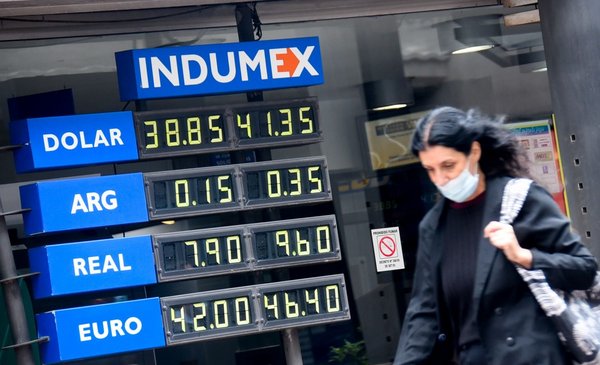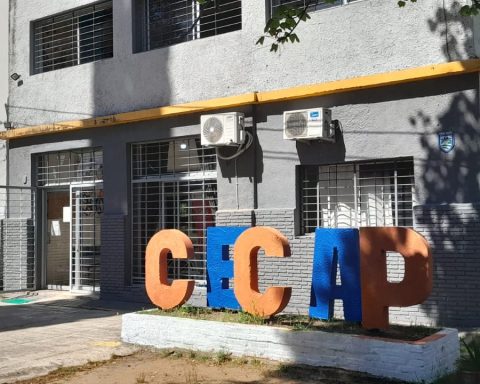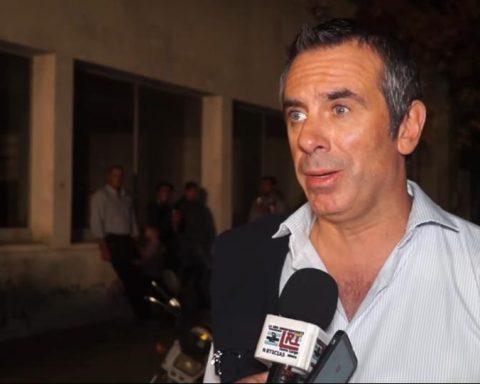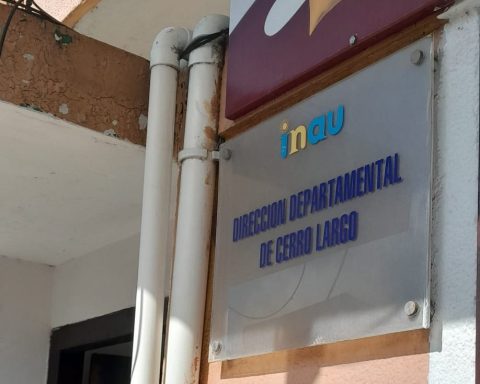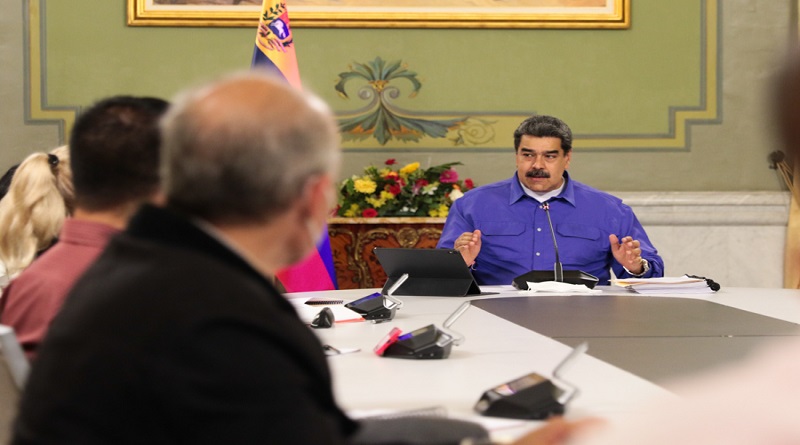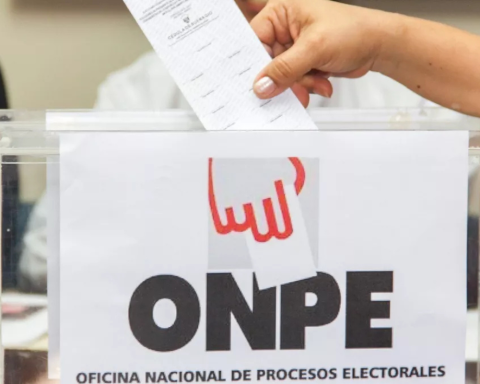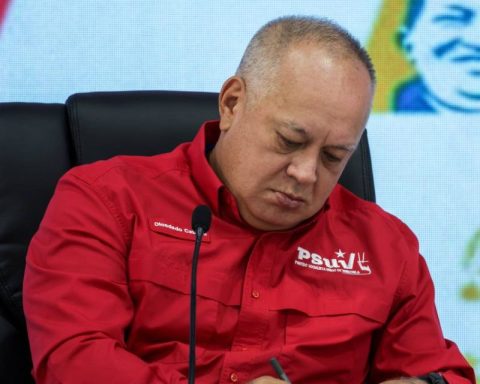The dollar traded lower on Friday in the local exchange market and extended its weekly decline. In the last session the currency fell 0.34%, and remained at $40,194 in the interbank average, according to data from the Electronic Stock Exchange (Bevsa). The last trade of the day was agreed at $40.20, down 0.5% compared to Thursday.
The operations of the day totaled US$ 15.5 million and there was no intervention from the Central Bank of Uruguay (BCU), which remains outside the spot market so far this year. Between Tuesday (Monday was a holiday) and Friday the exchange rate fell 3%. So far in 2022, the nominal value of the dollar accumulates a decrease of 10.1% compared to the end of December 2021.
This week the BCU decided to increase the interest rate by 0.75%, to 9.25% and start a contractionary phase of monetary policy to anchor the inflationary expectations of agents to the target range of 3% to 6%, which will be in force for the next 24 months.
The decision was made by the majority of the members of the Board of Directors. The president of the BCU, Diego Labat, and the vice-president, Washington Ribeiro, voted for the rate increase, and the director, Ignacio Berti (Frente Amplio), voted negatively for not agreeing with the proposal made, according to the minutes of the meeting released on Friday.
Some analysts believe that the monetary authority’s decision generates excessive downward pressure on the exchange rate in Uruguay. The BCU also announced that it foresees another two increases of 0.5% in the rate for the next two meetings of the Monetary Policy Committee (Copom).
“The exchange rate in Uruguay floats freely and depends on free supply and demand”, reiterated the president of the BCU. The chief indicated that the BCU maintains its decision to intervene in the event that it is considered that there is “very great volatility” or there are “rare conditions” in the market. “It is not what there is now and there were no reasons to intervene,” Labat assured this week at a press conference.
Labat indicated that today the monetary authority “they have no indication” to handle that the country is suffering from an exchange delay. “We measure what is called the fundamentals of the exchange rate and the exchange rate today is at levels very similar to the fundamentals,” she added.
This week, the analysts participating in the BCU economic expectations survey for April projected an exchange rate of $43.21 for the end of 2022, versus the $42.98 that the median of the responses had shown in April.
